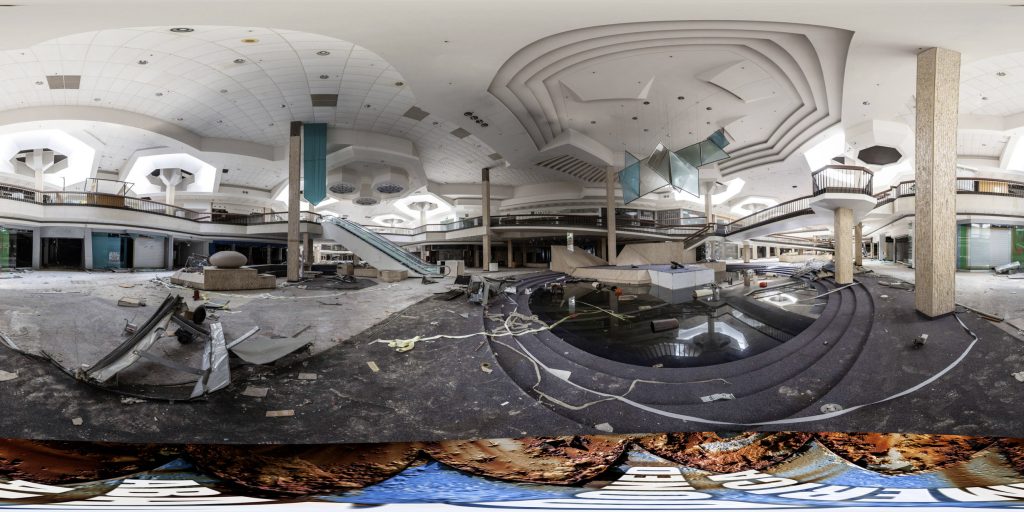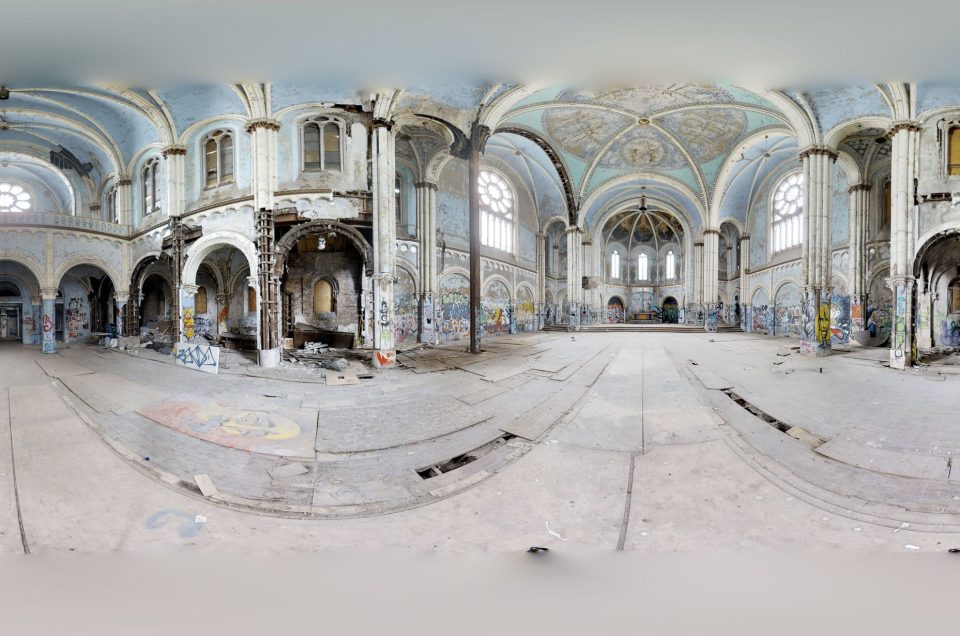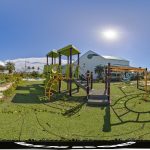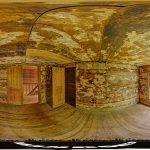Echoes of Retail Past: The Rise, Fall, and Rebirth of Randall Park Mall
Explore the eerie, forgotten world of the Randall Park Mall in North Randall, Ohio, through a comprehensive 360-degree virtual tour. Once a bustling center of commerce and social gatherings, this now-abandoned mall stands as a haunting relic of the past. As you navigate through its expansive, deserted corridors and vacant stores, you can almost hear the echoes of busy shoppers and the distant hum of activity that once filled these spaces. The peeling paint, overgrown plants, and silent, empty food court paint a vivid picture of the mall’s transformation from a lively community hub to a ghostly shell of its former self. This immersive experience offers a unique window into the decline of a once-thriving retail giant, inviting reflection on the transient nature of commercial spaces and the shifting tides of economic fortunes.
Once heralded as the world’s largest indoor mall, Randall Park Mall in North Randall, Ohio, has a story that encapsulates the rise and fall of American shopping malls. This blog post delves into the history, significance, and eventual decline of this iconic structure, capturing the essence of an era gone by.
The Birth of a Giant
The story of Randall Park Mall begins with its construction by the Edward J. DeBartolo Corporation, a major developer of shopping centers. The mall was built on the site of the former Randall Park Race Track, with plans initiated in the early 1960s. However, due to zoning issues, court battles, and market changes, construction only began in March 1973. The mall opened on August 11, 1976, after three years of construction marked by periodic halts and community opposition.
The mall’s grand opening was a spectacle, drawing large crowds and resembling more a grand manor than a shopping center. With its tiled floors, marble columns, sculptured ceilings, and decorative ramps, it was a destination in itself, boasting over 200 stores in a 2.2 million square-foot area.
The Randall Park Mall’s Heyday
Randall Park Mall was not just a shopping destination; it was a symbol of suburban growth and economic prosperity. In its early years, the mall enjoyed immense success, with a collective first-year sales of $140 million. It employed thousands and served as a major economic stimulus for North Randall.
Decline and Closure
The decline of Randall Park Mall began in the late 1990s, with major anchors like JCPenney and Dillard’s closing due to big-box competition. The rise in crime rates in the surrounding areas and the shift of consumers to more affluent and safer shopping destinations like Beachwood Place contributed to its downfall. By 2009, the once vibrant and bustling mall was closed, leaving a silence that echoed its former glory.
Abandonment and Demolition
After its closure, the mall entered a state of decay. Photographers and urban explorers documented its eerie, abandoned state. The mall, once a hub of life and activity, was now a desolate shell of its former self, a stark reminder of the transient nature of commercial success.
In 2014, it was announced that the mall would be demolished to make way for an industrial park. The demolition process began in December 2014, marking the end of an era for Randall Park Mall.
Legacy and Redevelopment
Today, the site of the former Randall Park Mall serves as a testament to the changing retail landscape. In 2017, Amazon announced plans to construct an 855,000-square-foot fulfillment center on the site, bringing jobs and economic activity back to the area. This development represents a shift from traditional retail to e-commerce, mirroring broader economic trends.
Conclusion
Randall Park Mall’s journey from a bustling retail hub to an abandoned relic, and finally to the site of a modern fulfillment center, reflects the evolving nature of commerce and community. Its story is a poignant reminder of the impermanence of commercial success and the shifting sands of consumer preferences.
If you liked this blog post, you might find the following interesting, the Glass Bank of Cocoa Beach in Florida, the Ghost Town Village amusement park in North Carolina or the Homowack Lodge in New York

A 360-degree panoramic image inside the abandoned Randall Park Mall in Ohio. Image by: Abandoned America
Do you have 360-degree panoramic images captured in an abandoned location? Send your images to Abandonedin360@gmail.com. If you choose to go out and do some urban exploring in your town, here are some safety tips before you head out on your Urbex adventure.
Unlock the secrets of exploration by diving into precise GPS data available exclusively for an array of hidden gems and hundreds of other captivating sites, all within our members’ section. By investing in a Gold Membership, you’re not just gaining access; you’re securing a key to a vast, global archive of abandoned, untouched, and mysterious locations waiting to be discovered. Embark on your adventure with confidence, knowing every corner of the world can be within your reach. Don’t just observe—explore, discover, and claim the extraordinary journey that lies ahead with our treasure trove of world secrets. Subscribe now and transform the way you see the world!
If you want to start shooting 360-degree panoramic images, you might want to look onto one-click 360-degree action cameras.
Click on a state below and explore the top abandoned places for urban exploring in that state.






